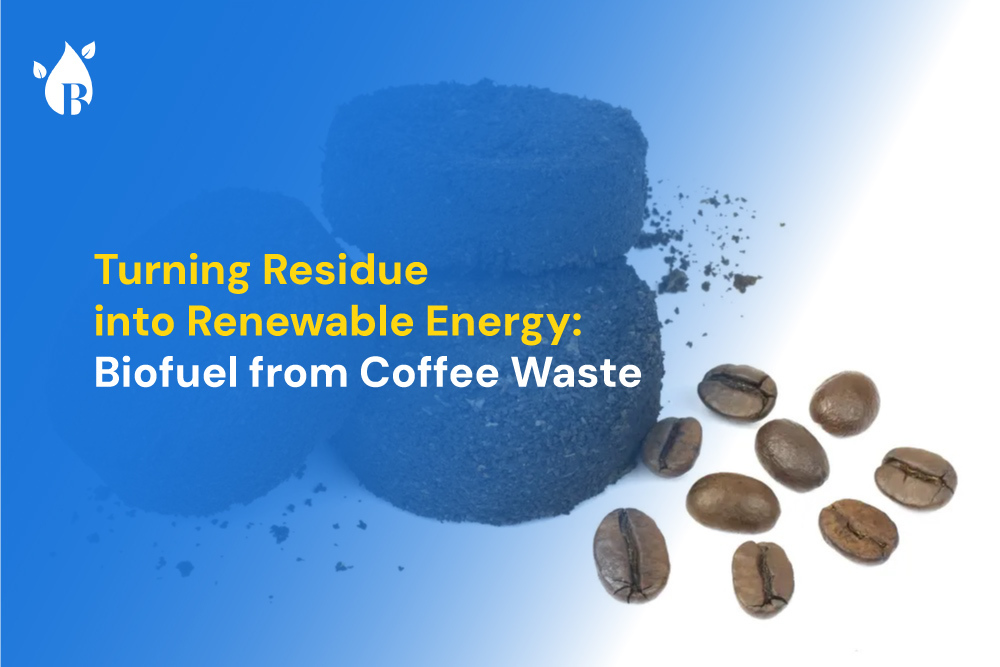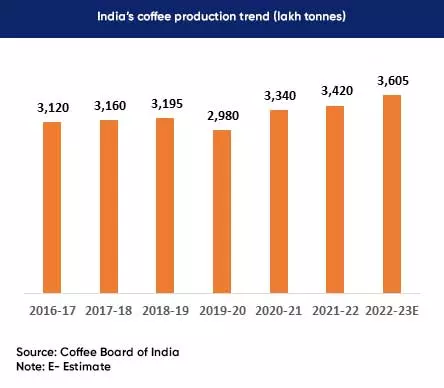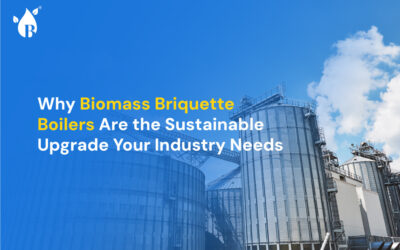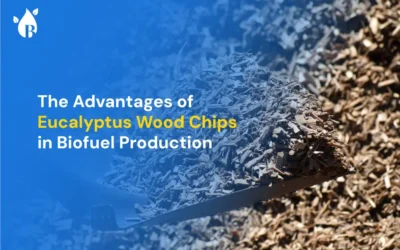
The Indian Coffee Landscape
Hot and humid climate, Temperature 15°C to 28°C, and Rainfall 150 to 250 cm.
Well-drained loamy soils, Presence of humus and minerals (iron, calcium), Fertile volcanic red earth, and Deep sandy loam soils.
Such ideal characteristics are available in most parts of South India and few parts of the Eastern India which offers a perfect habitat for coffee cultivation.


The Science Behind the Brew Waste
What is Coffee Husk?
How is it Generated?
The journey from coffee cherry to your morning cup of joe involves several steps, and it’s during this process that coffee husk is generated. Here’s a simplified breakdown:
1. Harvesting: Ripe coffee cherries are carefully harvested from coffee plants.
2. Pulping: The outer skin of the cherries is removed to reveal the mucilage-covered coffee beans.
3. Fermentation: The cherries with beans and mucilage are fermented to further loosen the mucilage.
4. Washing: The cherries are washed to remove the remaining mucilage.
5. Drying: The cleaned coffee beans are sun-dried and hulled to remove the parchment or husk, leaving behind the covered coffee beans.
Coffee Husk: From Waste to Energy
What Buyofuel Offers?
If you’re in the coffee industry, you’re likely aware of the importance of sustainable practices and minimizing waste. That’s where Buyofuel shines – an innovative online platform that serves as the go-to marketplace for buying and selling Coffee Husk Briquettes, Coffee Husk, and Coffee Husk Powder in India at the best prices. Buyofuel has revolutionized the coffee industry by creating a seamless marketplace for coffee husk transactions.
The Challenges Ahead
In a world where sustainability and renewable energy sources are paramount, the repurposing of coffee husk into biofuels represents a remarkable and eco-friendly solution. By tapping into this resource, we not only reduce waste but also harness the energy potential hidden within our daily brew with Buyofuel.



